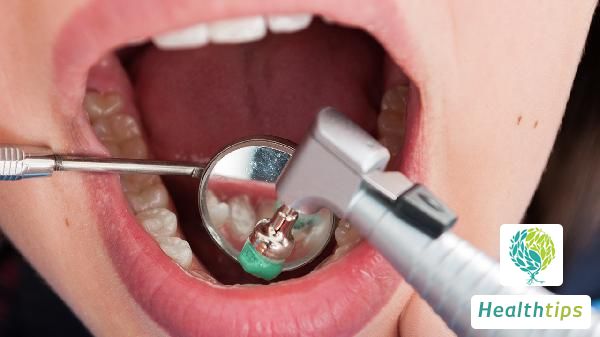"What Are the Key Differences Between Pigmented Purpura and Allergic Purpura?"
Differences Between Pigmented Purpura and Allergic Purpura
The primary distinctions between pigmented purpura and allergic purpura lie in the color and extent of skin lesions, as well as the necessity for treatment.

1. Color and Extent of Skin Lesions
Pigmented purpura exhibits lighter skin lesions with vague boundaries, resembling a subtle layer of pigment gently sprinkled on the skin. In contrast, allergic purpura presents with darker, more pronounced lesions, boasting clear boundaries that give the impression of a deep-colored paint coating the skin.
2. Self-Healing Tendency
Pigmented purpura possesses a certain degree of self-healing, meaning it can fade away over time without specific treatment. It's akin to a minor "misunderstanding" on the skin that eventually resolves itself. Conversely, allergic purpura necessitates treatment; neglect may lead to severe health complications, such as kidney damage.
3. Etiology
Pigmented purpura is often associated with fragile capillaries, possibly triggered by prolonged standing or chronic venous insufficiency. Alternatively, allergic purpura stems from abnormal immune responses, frequently linked to infections, drug or food allergies. These two conditions represent distinct "enemies": one due to internal "weaknesses," the other stemming from external "attacks."
4. Symptoms
Pigmented purpura manifests primarily as faint purplish-red spots on the skin, usually accompanied by no other significant discomfort. Allergic purpura, besides skin lesions, may involve systemic symptoms like joint pain and abdominal pain, akin to a "body-wide protest."
5. Treatment and Care
Pigmented purpura typically requires no specific treatment, emphasizing rest, avoiding prolonged standing, and maintaining skin cleanliness and dryness. Allergic purpura necessitates individualized treatment plans, possibly involving antihistamines, steroids, or even hospitalization. Managing these two conditions is akin to addressing separate issues: one minor, requiring rest, and the other significant, requiring active intervention.
6. Preventive Measures
Preventing pigmented purpura involves exercise to improve circulation, avoiding prolonged standing or sitting. Conversely, preventing allergic purpura necessitates dietary hygiene, avoiding allergens, and bolstering immunity. These preventive tasks differ: one focuses on enhancing internal "defenses," while the other aims to evade external "threats."
By understanding these differences, one gains a clearer perspective on pigmented purpura and allergic purpura. Should you or someone you know exhibit similar symptoms, prompt professional consultation for diagnosis and treatment is advised. After all, health is our most invaluable asset, deserving of utmost attention.



















